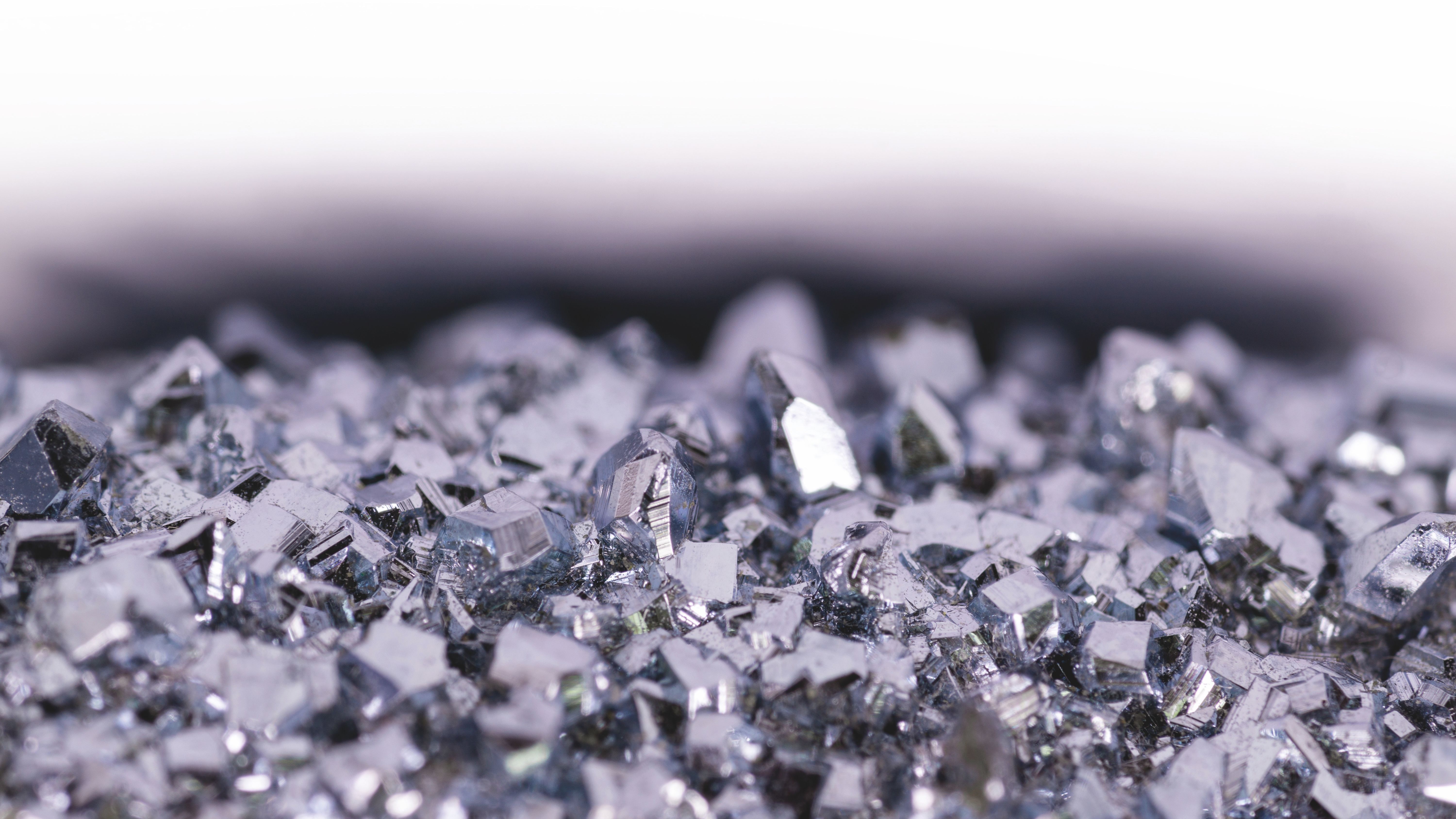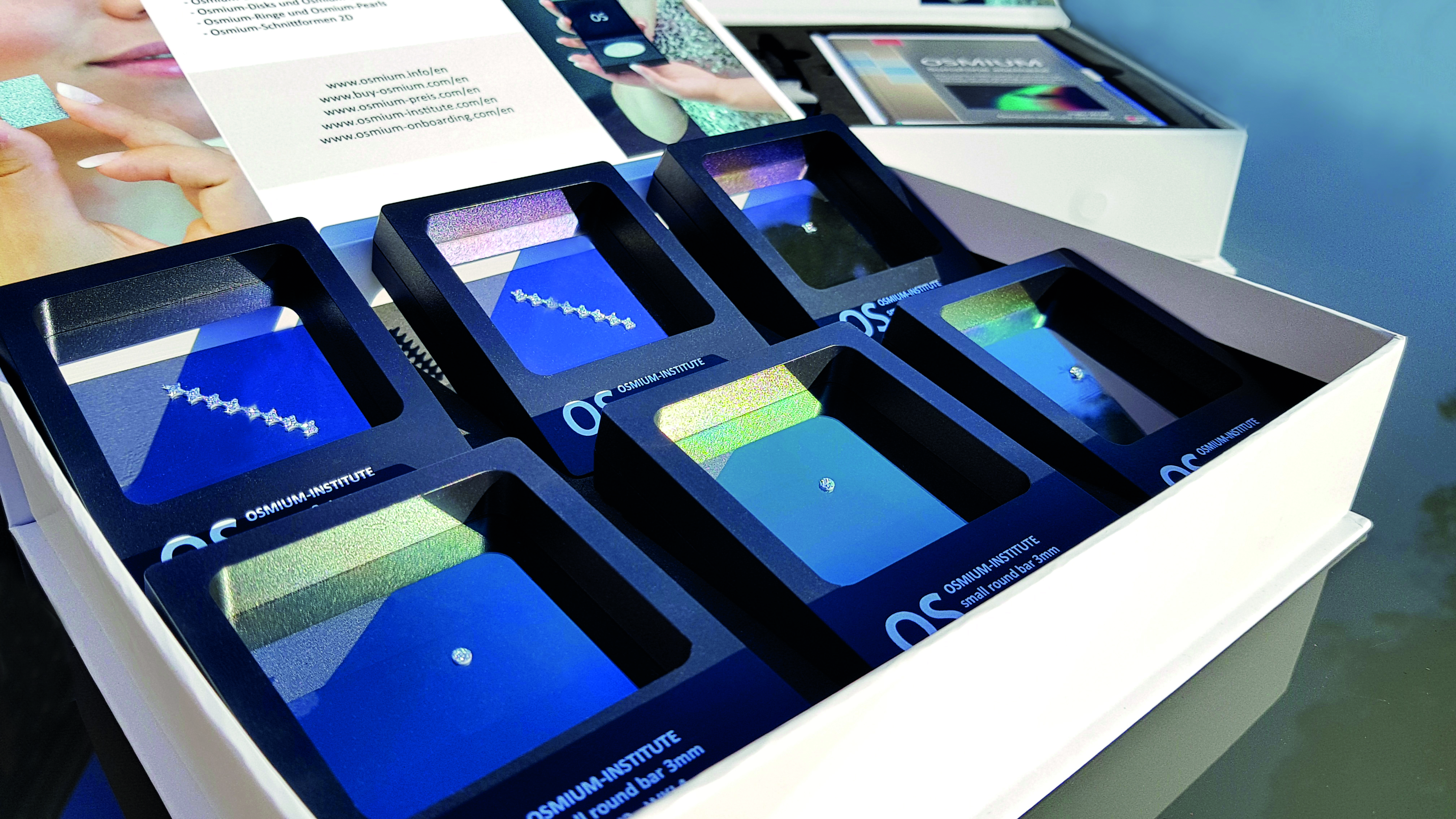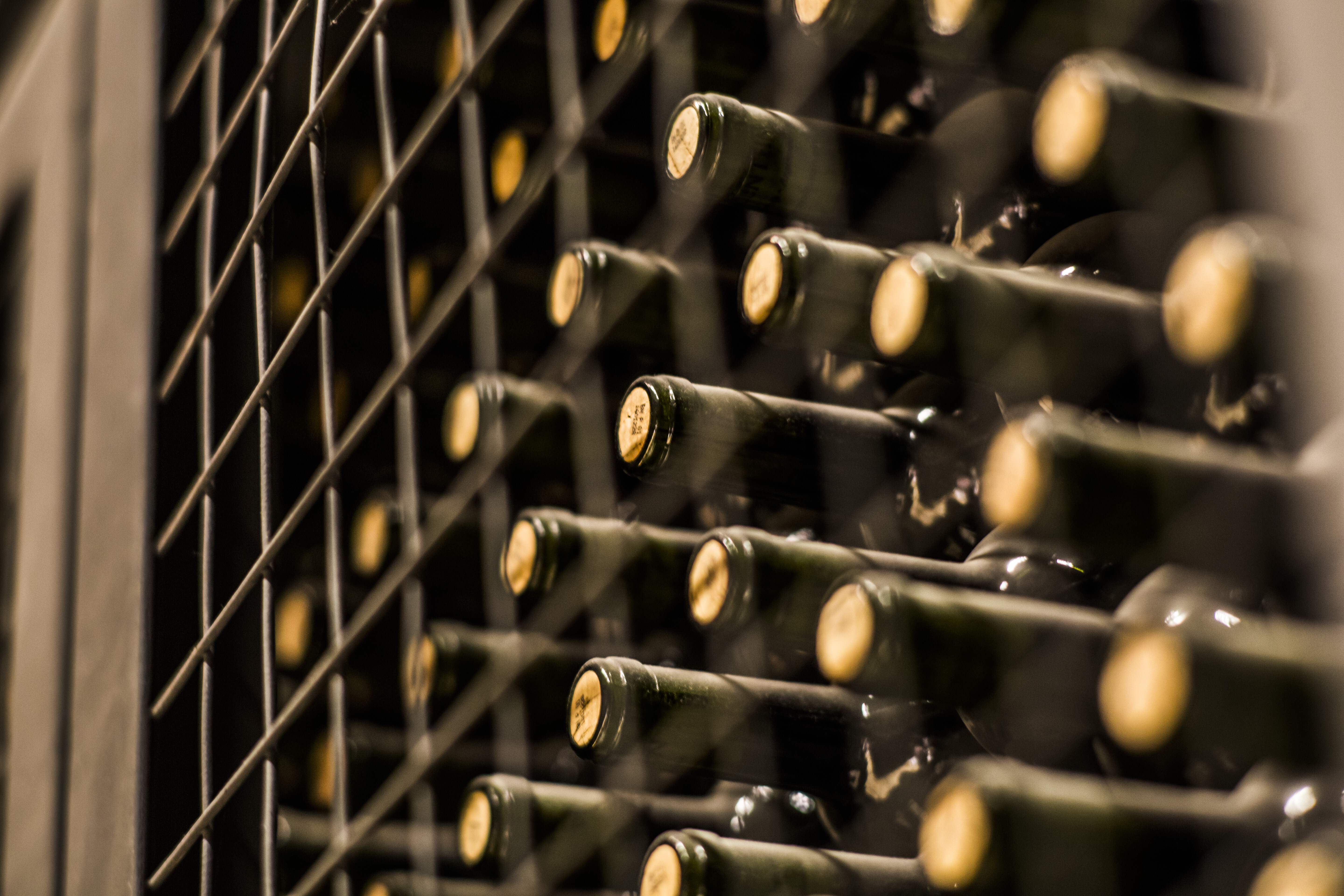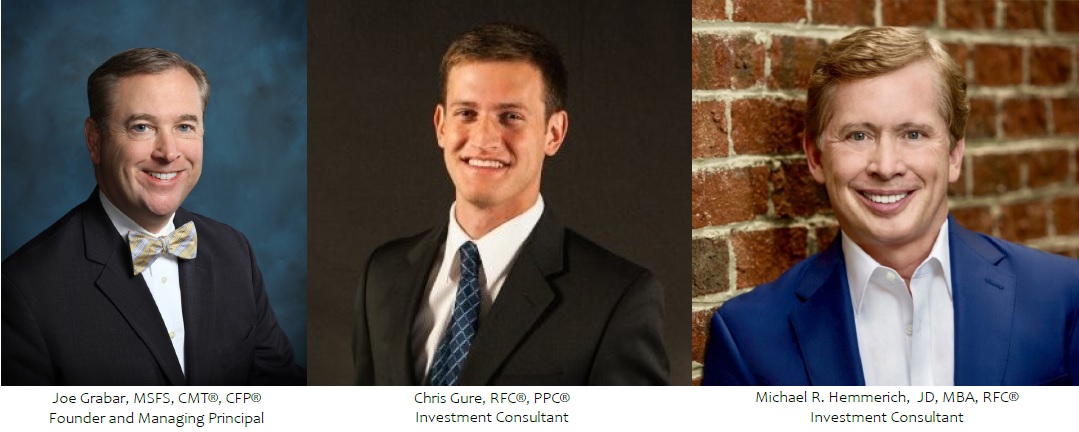A Look at the World’s Rarest Precious Metal and its Growing International Market
Sponsored Content from the Osmium Institute

When inflation looms, retail investors and institutional investors alike look for ways to secure their finances. One quickly learns that tangible assets are a historically secure choice, and a quick Google search on “Tangible Asset Investment” presents long lists of physical assets that are considered secure investments with reliable returns. No matter the source, these lists are almost sure to mention precious metals.
Precious metals have been used for millennia as a store of value because of their rarity and beauty. Gold and silver are by far the best known, but other precious metals such as platinum or palladium also find their way into more diversified portfolios. These aren’t the only precious metals on the periodic table, and upon taking a closer look, one will uncover a metal whose rarity and beauty eclipses the rest.
This metal is Osmium.
From just $107.88 $24.99 for Kiplinger Personal Finance
Become a smarter, better informed investor. Subscribe from just $107.88 $24.99, plus get up to 4 Special Issues

Sign up for Kiplinger’s Free Newsletters
Profit and prosper with the best of expert advice on investing, taxes, retirement, personal finance and more - straight to your e-mail.
Profit and prosper with the best of expert advice - straight to your e-mail.
Osmium is a precious metal, like gold and silver. It is a member of the platinum group metals (PGMs) along with metals such as ruthenium, rhodium, and of course, platinum. Like other precious metals, osmium is chemically durable and resistant to rust or corrosion. In addition to being durable, it’s dense – very dense. At 22.61g/cm3, Osmium is the densest element known to humankind.

Its status as the world’s densest element leads the list of osmium’s other outstanding features, which includes having the highest abrasion resistance of any known substance and offering extremely effective protection against gamma radiation. Most notable on this list, though, is the same feature that has caused osmium’s popularity as a tangible asset investment to skyrocket in Europe.
Osmium is the rarest naturally occurring stable element on Earth and, in its crystalline form, absolutely unforgeable.
It would seem natural that the world’s densest element and rarest precious metal would be one of the world’s best-known metals. However, osmium is still relatively unknown. This is due primarily to the fact that, despite its many exceptional qualities, osmium has never had any significant industrial uses. It is difficult to procure, and in its raw “sponge” form, prone to oxidization and produces a toxic and volatile oxide. Since its discovery in 1804, osmium has remained out of the elemental spotlight.
In 2014, a team of Swiss scientists perfected a process that rendered hazardous osmium sponge into a beautiful crystalline structure. Unlike more conventional crystallization methods, the new technique ensured that the osmium could be crystallized in an ultraprecise manner, creating geometrically perfect flat disks with uniform crystal height. The resulting osmium was completely free of toxic emissions and was safe to handle freely without protective equipment. Crystalline osmium is the purest form of osmium at 99.9995% purity. To compare, 24-karat gold has a purity of 99.95%.
How rare is osmium, exactly? Compared to the nearly 200,000 tonnes of gold estimated to be in global reserves today, the amount of osmium assumed to be in circulation and still in the Earth’s crust are a mere 44 tonnes combined. A cube of all the extracted gold on Earth would have an edge length of 24 meters. A cube of all the osmium to be found? 2.1 meters.
Because of this rarity, there exist no osmium mines. Instead, osmium is extracted as a by-product of platinum mining. The amounts extracted are minuscule: it is estimated that 10,000 tonnes of platinum ore yield no more than one troy ounce of the unforgeable metal.
Saying that osmium is unforgeable means that it cannot be falsified. More accurately, it is impossible to create counterfeit samples of crystalline osmium, for two reasons:
There is no element denser than osmium. This is relevant when one observes how, in the past, counterfeit gold bars have been discovered to contain other metals. Because there is no metal denser than osmium, osmium bars couldn’t be filled, or “salted,” with another metal.
Secondly, crystalline osmium undergoes a state-of-the-art certification process that simultaneously confirms its purity and utilizes its crystalline structure as a digital fingerprint.

Microscopy specialists at the the Osmium Institute, the German company commanding the element’s certification and market distribution throughout Europe, use ultrahigh definition microscopes to create 3D images of the crystalline structure of every piece of crystalline osmium undergoing certification. The edges of the crystals act like the friction ridges of a human fingerprint, and in a similar fashion, create an infallible method for identifying the piece.
Every piece of certified crystalline osmium is given an eight-digit alphanumeric code, known as the Osmium Identification Code, or “OIC” for short. The codes are stored on the International Osmium Database and contain information like the piece’s dimensions, weight, 3D scan, and net value based on current market prices of crystalline osmium.
The International Osmium Database also plays a key role in securing the trade of crystalline osmium across the globe: Every time osmium is sold from the Osmium Institute or exchanges hands among private traders, the ownership and possessorship of the piece is updated. This is done by using a private key known as the Owner Change Code. The OCC acts as a sort of online property deed that links a buyer to their osmium in the database’s online ledger. The OCC secures the transaction of osmium and ensures that pieces cannot be stolen and wrongfully resold.
The means that for the first time, a precious metal is being sold with the same technology used to secure digital assets.
The primary market established by the Osmium Institute for crystalline osmium has grown exponentially since its beginnings in 2017. Four years ago, the price for osmium was €810 ($914 USD by today’s conversion rates). At the time, it was sold on an emerging market centered almost entirely in Germany. Today, crystalline osmium is sold on the primary market goes for over $1,845 USD and is sold to investors around the globe.
This increase of over 100% has been primarily due to osmium’s growing popularity as a tangible investment in Europe. The state-of-the-art digital certification undergone by crystalline osmium has also led to its markets growing in Asia, Africa, Australia, and most recently, North America.
By modern portfolio theory, osmium is an ideal method of diversification. Its price changes do not correlate with the fluctuations of other commodity or hard asset markets. In comparison to the volatility of stock exchanges and deteriorating diamond markets in the wake of manmade diamonds saturating global markets, crystalline osmium has historically been a far stronger performer.

Strong performances by previously unknown precious metals aren’t new. Iridium, another Platinum Group Metal, saw prices multiply as its demand in industrial applications grew. The effect this growing popularity had on its price has compounded with a slowing demand for platinum. Should the same trend occur with osmium, a massive price hike is to be expected. Given the limited occurrence of osmium to begin with, a decline in extraction could see the price of osmium skyrocket.
Another factor driving up demand of osmium is its increasing use in luxury jewelry and accessories. Osmium metal has a natural blueish-silver hue that is exaggerated by its crystallized structure. When exposed to direct sunlight, the metal shines in a dazzling fashion, creating an otherworldly sparkle.
This sparkle attracted the likes of Hublot and Ulysse-Nardin, two Swiss watchmakers who produced exclusive timepieces featuring crystalline osmium. The metal’s sparkle makes it an innovative alternative for center stones in jewelry. Jewelers such as German-based producer Oslery showcase osmium in their unique jewelry lines, inlaying the metal within frames of gold, platinum, and titanium.

The use of osmium as a luxury metal isn’t exclusive to jewelry, either. A gold domino with crystalline osmium pips retailed for over €8,000. In late 2021, high-end headphone producer Ultrasone launched a line of headphones inlayed with crystalline osmium. As the market for osmium expands, so do the possibilities of its application in luxury goods.
While crystalline osmium is introduced to the market by the Osmium Institute in Germany, the metal is available worldwide. With the help of channel partners working in over 30 countries around the globe, interested investors can obtain the world’s rarest precious metal from anywhere in the world.
You can learn more about osmium and the Osmium Institute by visiting www.osmium.com, or by contacting the institute directly at info@osmium-institute.com and at 1-888-8OSMIUM (867-6486).
This content was provided by Osmium Institute. Kiplinger is not affiliated with and does not endorse the company or products mentioned above.
Profit and prosper with the best of Kiplinger's advice on investing, taxes, retirement, personal finance and much more. Delivered daily. Enter your email in the box and click Sign Me Up.
-
 Why Public Markets Don't Look Like They Used To
Why Public Markets Don't Look Like They Used To -
 Turning 65 in 2026? Here Is Exactly How to Sign Up for Medicare
Turning 65 in 2026? Here Is Exactly How to Sign Up for MedicareWhether you’re months away from your 65th birthday or plan to work past retirement age, here are the steps to secure your Medicare coverage and avoid costly mistakes.
-
 A Free Tax Filing Option Has Disappeared for 2026: Here's What That Means for You
A Free Tax Filing Option Has Disappeared for 2026: Here's What That Means for YouTax Filing Tax season officially opens on January 26. But you'll have one less way to submit your tax return for free. Here's what you need to know.
-
 What You Need to Know About Sustainable Investing
What You Need to Know About Sustainable InvestingSponsored Content from Domini Impact Investments
-
 Raising a glass to an investment in wine
Raising a glass to an investment in wineSponsored Content from Cult Wines
-
Here's How to Invest in the Robotic Chefs That Are Ready to Take Over the Fast Food Game
Sponsored Content from Miso Robotics
-
The Best-Kept Secret to Income Investing
Sponsored Content from Aberdeen
-
How families, financial professionals and communities win by investing in education
A 2021 roundtable on the positive impact of 529 plans
-
A Unique Perspective on Real Estate Investing
Sponsored Content from RAD Diversified
-
The positive impact of 529 college savings plans
Terms and Privacy Policy
-
 Fortress Financial Partners Innovating the Financial Services Industry
Fortress Financial Partners Innovating the Financial Services IndustrySponsored Content from Financial Service Directory